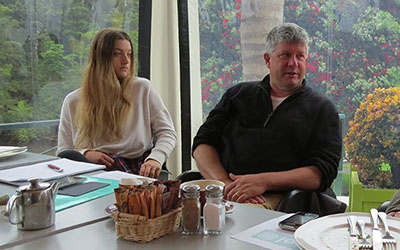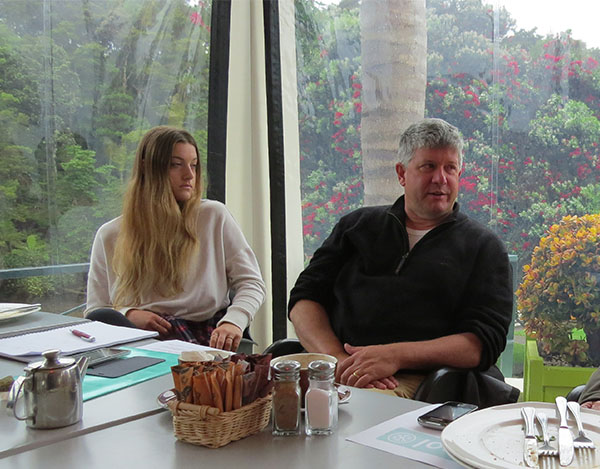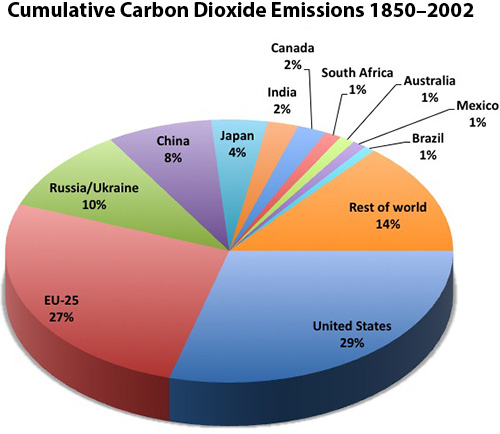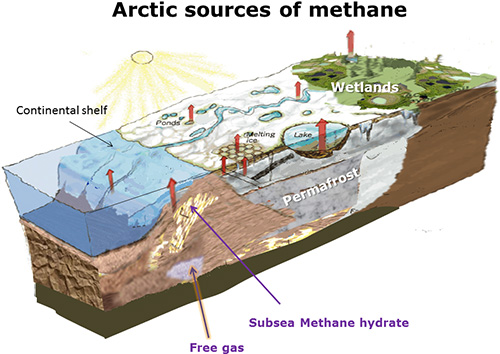Global climate action party brainstorming breakfast


First Climate Action Party: Attendees of last Monday’s Mahurangi brainstorming breakfast had the privilege of being the first to test drive David Hay’s concept for a new climate action party. image Craig Powell
Counting its Values Party roots, after 42 years it has only a few thousand members.
If the Green Party’s membership, and its 10.7% electoral support, were an indication of how seriously New Zealanders view anthropogenic global warming, there would be little prospect for strong climate action leadership from Aotearoa anytime soon.
Fortunately for the planet, and not least of all for the sediment-prone Mahurangi, the low support for the Greens fails to reflect, for example, the 67.5% who wanted business to do more to address global warming. But with no significant political party, including the Greens, making climate action its masthead policy, no government is likely to lead Aotearoa into a position of global leadership, with its potential for breaking the international you-first-no-you-first climate action impasse.
This is where David Hay’s concept for a climate action party, which was test-driven at the Mahurangi brainstorming breakfast on Monday, comes in, with its imperative, paraphrasing madly here, to:
Take effective climate action, and to be cool about it.
The urgent need for substantive climate action, and the excruciatingly slow growth of the Green Party, could be seen as evidence of there being insufficient time for the building of a climate action party; that the energy is better deployed at grassroots level. But the difficulty is that grassroots, lots-of-little actions add up to not very much at all. One high-carbon household can negate the earnest efforts of many low-carbon ones, in the same way that the fossil-fuel use of developed countries historically dwarfs that of the developing world.

Developed World Emitted Giant Share: China may now be the worst greenhouse gas emissions culprit, but it hasn’t been for long, the real villains by far, historically, are the developed countries, and still are, given that they consume the giant share of goods produced by the developing countries.
Meantime, examples abound of political movements springing up almost overnight. The grassroots movement that funded President Barack Obama’s stellar 2008 election campaign is an example, as uplifting as the similarly spectacular rise of the patently racist Tea Party it triggered, is depressing. Closer to home, nearly 63 000 have signed up as Climate Voters, since it was launched in July this year. Never mind the Greens’, this is equal to the Labour Party’s membership, after 98 years. The question that has now been asked, given the failure of those legions registered to prevent the re-election of a climate-in action government, is whether the Climate Voter coalition, or its component, non-partisan organisations—notably Forest & Bird, Generation Zero and Greenpeace—should encourage supporters to enlist en masse in a new climate-action party.
The Green Party has been perfectly happy to split the electorate votes and cost Labour many electorate seats. Under a proportional system, this doesn’t immediately detract from Labour’s tally of seats—fewer electorate, more list, seats—but electorate seats provide the party that holds them with a higher exposure. This was the dog-in-a-manger effect of the once-iconic Ralph Nader that was probably the nail in the coffin of the presidential bid Al Gore lost for the wrong reason. If a fledging party was to go after most, or even many, electorate seats, it would add to this problem, and to Labour’s already herculean task in 2017. The better strategy for a new climate action party would presumably be to surgically target a handful of electorates, and with star candidates. Even the threat of facing an articulate, telegenic young candidate may often be sufficient for a status quo politician to decide that the path of least resistance is to, for example, support public transport ahead of further fossil-fuel-guzzling motorway.
The sceptical will no doubt cite Internet–Mana as evidence against any probability that a new party aimed at the younger voter (or non-voter) could disrupt the Labour–National dominated status quo. But although there was a raft of reasons that the since-disbanded Internet–Mana alliance deserved to be supported, it is no small wonder it wasn’t, given its lack of a single clear objective, and leaders already two and three decades too old to have sufficiently strong appeal to the young people that the alliance so desperately needed to enlist. Despite an unprecedented effort this year through a number of campaigns to enrol and encourage them to vote, the turnout of young people was ‘almost certain’ to have been low. A new climate action party will need to do a lot of things right and many things brilliantly, but unless it plans to field a brace of twentysomethings, it may as well not bother registering—it will do little better than Internet–Mana. The popularity of some quite youthful members of Parliament proves that older people will readily vote for younger candidates, so a climate action party would have little to fear and everything to play for by fielding a far younger ticket than has yet been seen, with possibly the odd forty-, fifty-, or even sixty-something ‘legend’ providing gravitas.

Global Warming’s Battle of Britain: With the Arctic warming twice as fast as the global average, and a 50-gigaton release of methane possible ‘at any time’, an urgent call has been made for the first major battle in the war on global warming to be fought in the Arctic. Unabated business-as-usual fossil fuel extraction, including, grotesquely in the Arctic itself, means that deliberate geoengineering is now almost certainly unavoidable. Infographic Climate Emergency Institute
In times of war, it is usual for young people to be given enormous responsibility. At age 23, Aotearoa’s, and probably the world’s, greatest military commander, Air Chief Marshal Sir Keith Park, commanded an artillery battalion at Gallipoli. The task that generations of decision makers have abdicated to the young of today will become every bit as testing a crucible as the world wars that shaped Park, who admittedly was 48 by the time he was saving London from the Luftwaffe. By entrusting Aotearoa to a latter-day No. 11 Group, this small country could lead the climate action that could be global warming’s Battle of Britain; its turning point. The young people who serve in global warming’s Battle of Britain won’t often face the physical dangers of that battle, in which nearly one in five Royal Air Force fighter pilots died, but the psychological risks will be greater, and new trainees will need to be on hand to scramble at short notice. By 1940, the British had gone, in two tumultuous years, from denial to fully facing the reality that the Third Reich was hell-bent on conquering their fair islands, and on world domination. The courage required of today’s climate action aces is to break through the business-as-usual, nothing-to-see-here-folks charade that even the Green Party perpetrates, with its mustn’t-scare-the-horses election campaigns assiduously avoiding the words climate and warming.
The fresh young aces of the new climate action party will likely be better equipped than many of their Battle of Britain counterparts, those who were forced to fly the Hurricane, with its distinct speed concession to the fuel-injected Messerschmitt. The latter-day equivalent, a smartphone app, and the smarts to use such to good effect, not least of all to turbocharge social media, could ultimately provide an edge as decisive as that held by the Spitfire. While development of such an app could empty even Kim-Dotcom-sized pockets, global, collaborative, open-source applications are famous for producing enormous social good, through largely unremunerated effort. And because the need for effective climate action is global, collaborators on version 1.0 to be trialled in Aotearoa are just as likely to be residents of, say, Germany, or any other country acutely aware of the challenges of practicable climate action.
Whether a Mahurangi brainstorming breakfast in December 2014 goes down in history as the first outing of a climate-action concept that went on to take the world by storm, is yet to be known. But something equally improbable will happen, somewhere, and alter the world’s current suicidal, business-as-usual trajectory.
For the sake of the low-lying, and those vulnerable to both heat wave and big chill, that must be sooner rather than later.
